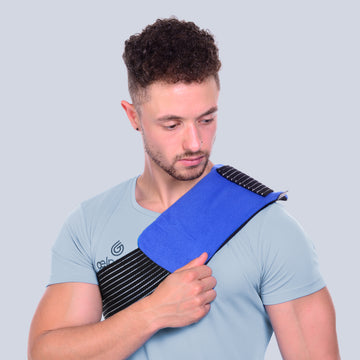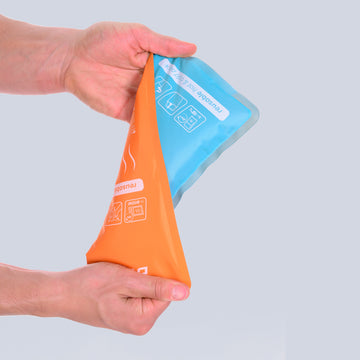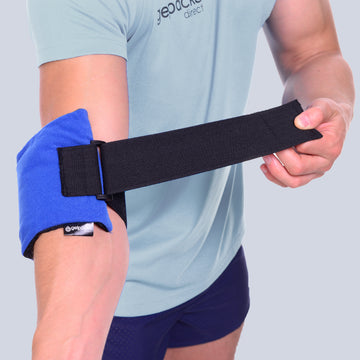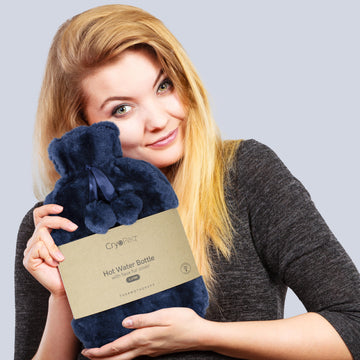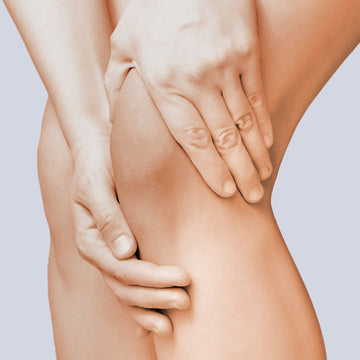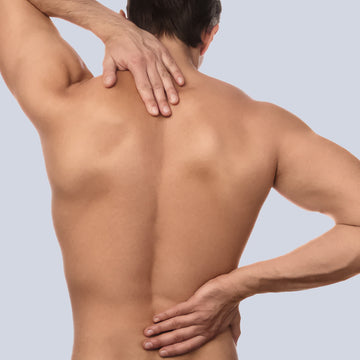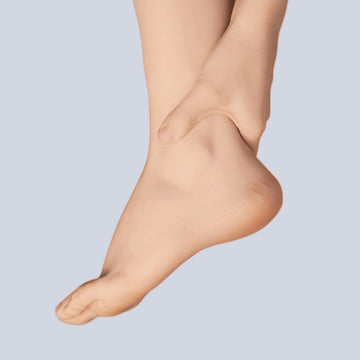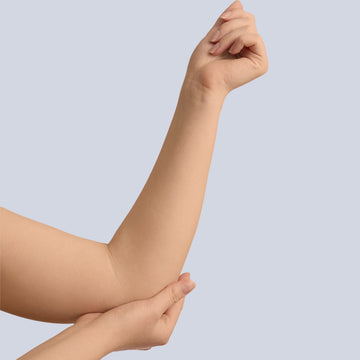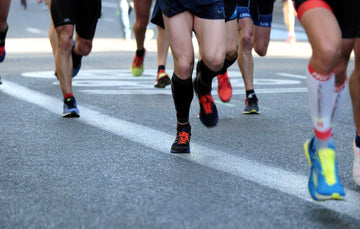Posted by Tia Patel | AUG-05-2020

Ice or Heat?
Hot and cold therapy is recommended by doctors and physiotherapists in the UK to help relieve aching pain resulting from muscle or joint pain.
Why use cold?
Generally speaking, ice is required for fresh injuries where tissues become swollen and inflamed.When you tear a muscle or sprain joints – soft tissue damage occurs, blood vessels rupture and the injury site begins to swell.
Cold treatment works by decreasing blood flow to an injured area to slow the rate of inflammation and reduce swelling at the site of injury by constricting blood vessels.
It also numbs nerve endings at the site of the injury, acting as a local anesthetic, and slowing the body's ability to transmit impulses perceived as pain to the brain.
Using ice is most effective within 48 hours of an injury with the RICE method being standard treatment for sports injuries as advised by NHS England. This is resting from an activity that increases pain, icing the injured area, compression and elevation to minimise swelling and bleeding.
Cold therapy is also recommended to reduce the pain of a migraine and to treat swelling associated with osteoarthritis.
Note that ice should not normally be applied directly to the skin and should be used for a maximum of 20 minutes at a time to avoid frostbite.
Why use heat?
Heat is typically used as a form of pain relief for treating long term injuries. This means for injuries without swelling inflammation but where the muscles are sore and joints are stiff.
Applying heat to an inflamed area will dilate the blood vessels, promote blood flow, and help sore and tightened muscles relax. Improved circulation can help eliminate the buildup of lactic acid. This is a waste product produced by the body during some types of exercise. Heat is also psychologically reassuring, which can enhance its pain relieving properties.
Applied to the neck, heat may reduce the spasms that lead to headaches, neck and back pain. With studies (https://www.ncbi.nlm.nih.gov/pubmed/17023239) showing that continuous low-level heat therapy relieved pain more effectively than medicinal pain remedies such as paracetamol and ibuprofen. However, the effectiveness of heat treatment may depend on the depth of the tissue affected by the pain or injury.
Compression may also be combined with heating to warm an injured area much more quickly than heat therapy on its own. Due to increased contact with skin and increased tissue density, tissues will reach their optimal heated temperature quicker, and will maintain it for longer periods after the treatment ends. Heat therapy helps relieve pain and stiffness, and with the added component of compression, its benefits are fully optimised and achieved more quickly. For more advice click here
